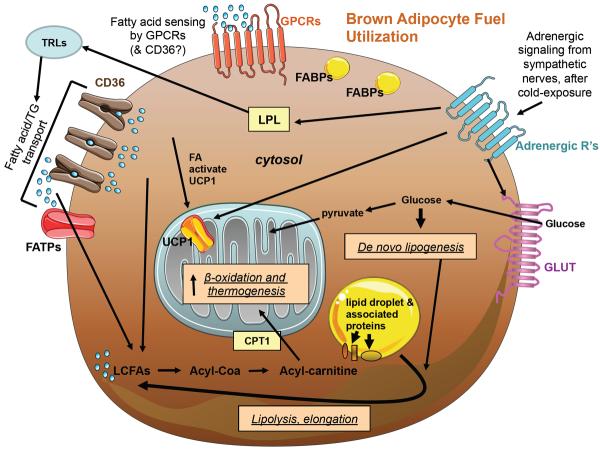Figure 2. Fuel Utilization in Brown Adipocytes.
The schematic shows a summary of FA sensing, uptake and oxidation pathways, as well as glucose uptake and downstream metabolism pathways in a typical brown adipocyte. Shown are glucose uptake by GLUT transporters, including GLUT translocation stimulated by adrenergic signaling, and the fate of glucose in de novo lipogenesis, storage as glycogen, or conversion to pyruvate and mitochondrial oxidation. FAs are sensed by GPCRs and possibly also CD36, and are taken up by CD36 and FATPs. LPL produced and secreted by adipocytes after adrenergic stimulation is also able to break down triglyceride-rich lipoproteins (TRLs), providing additional lipid fuel for uptake. FAs activate mitochondrial UCP1, as does activation from the sympathetic nervous system and adrenergic signaling, enabling energy expenditure via thermogenesis. FAs also become available from the lipolysis of lipid droplets (which is partially under regulation by lipid droplet-associated proteins). FAs may be elongated and/or converted to acyl-carnitine for transport into the mitochondria via the carnitine shuttle, where they become fuel for β-oxidation. FABPs also contribute to intracellular FA handling.

